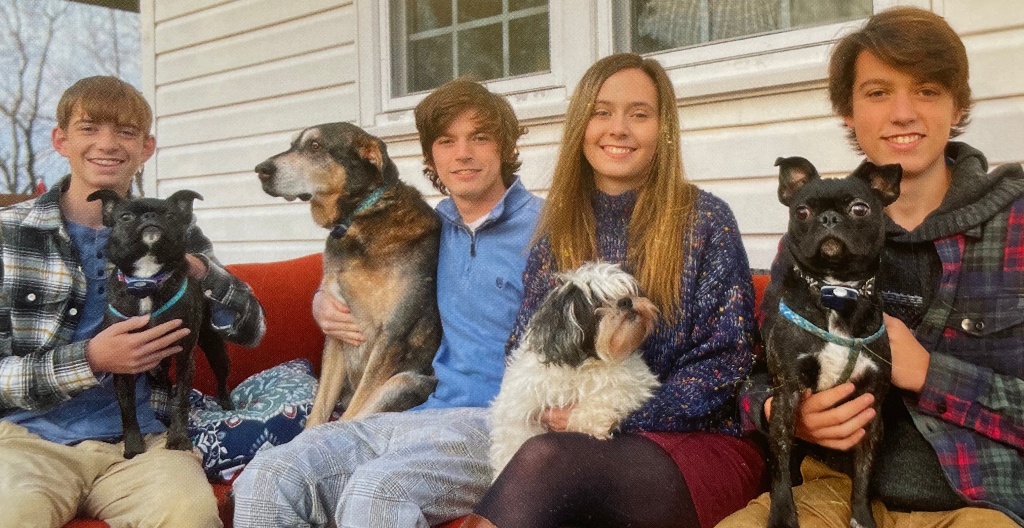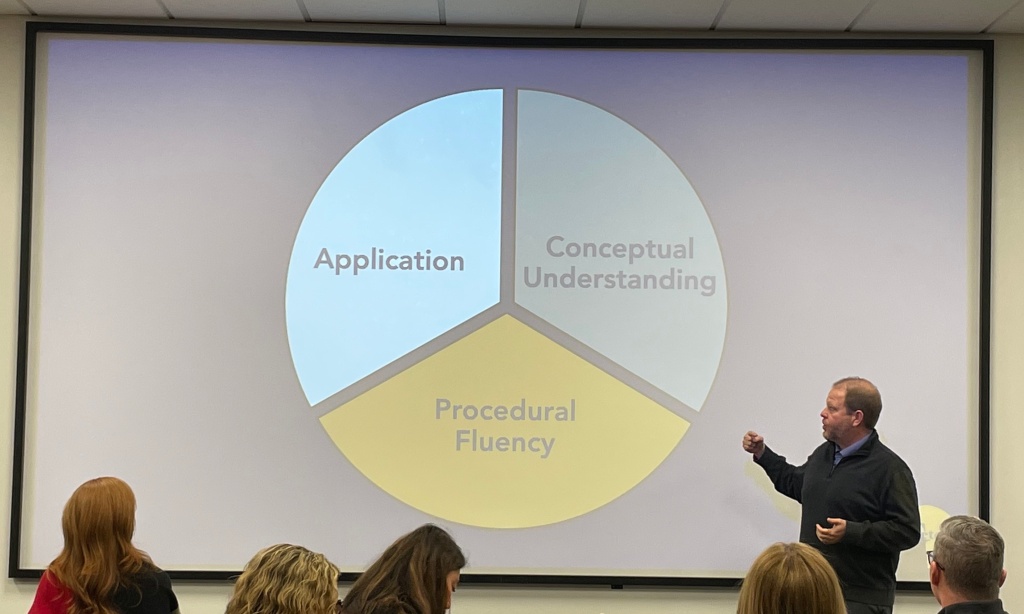
We are in a unique position to have a significant influence on the development of young people at a time in their life when conscious and unconscious growth is prevalent. This opportunity is brimming with responsibility. We are partners with parents, siblings, grandparents, coaches, and other influencers to help our students to grow. While educating our community’s children is not an easy task, an overwhelming concern we face is “what are we really trying to achieve?”. What are the goals we have for our students? What are the goals our students have for themselves?
As educators we often think about the daily lessons and activities that our students will be expected to engage in. Curriculum units are often created around standards and understanding is measured by a test. Standards and tests are static, inanimate, unthinking, and unemotional. The craft of teaching brings life to learning, and needs to be deliberately designed to invoke learning. This craft is not witchcraft – teaching is not magic. The simple act of ensuring your students know the learning intention for a lesson or activity and the success criteria associated with the experience may be enough to connect teaching with learning – but not always.
Oftentimes we do need more to help direct our students from not knowing-to-knowing, or redirect them from misunderstanding-to-understanding. We have several tools we can employ when enhancing the learning experience for our students and the teaching experience for ourselves. As a point of clarification, enhancing the learning experience is grounded in design for deeper learning. We don’t want to just comply – cover the standards – get through the book – turn the page.
These nine principles provide a framework for designing for deeper learning:

You are likely doing a lot of these things without realizing it or at least recognize some of these principles under a different set of vocabulary. How much of your planning deliberately includes each of these principles? How evident are these principles in your classroom? If you’re telling yourself you can probably do better in this work, consider us partners in elevating our collective attention and intention to grow our students in a deeper and more meaningful manner.
Over the next several posts, we’ll be digging into each of these principles and how they connect instruction to authentic performance tasks (and further) to the data that helps inform when and how we move forward in scaffolding the growth of our students..
If you can’t wait for our next post here are some resources to learn more about designing for deeper learning.
New Pedagogies for Deep Learning





